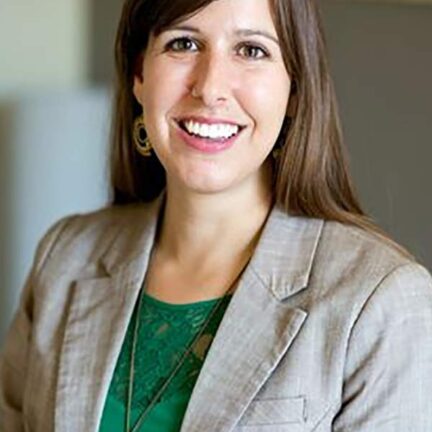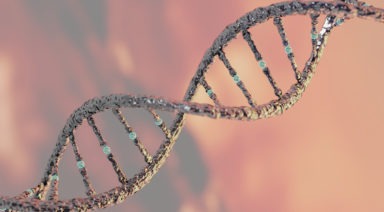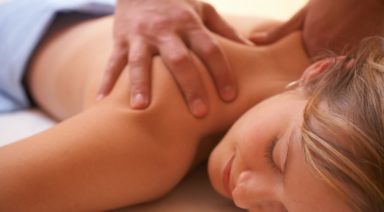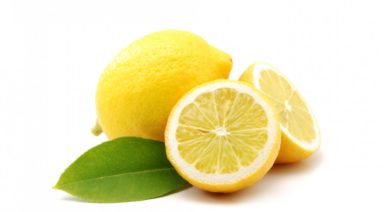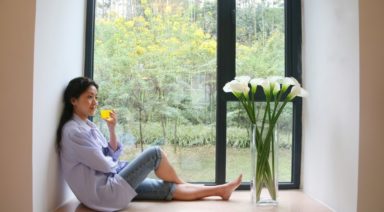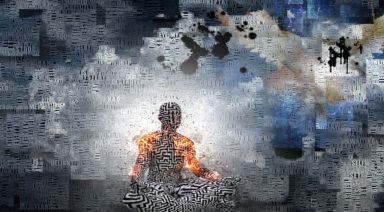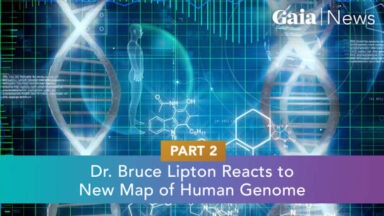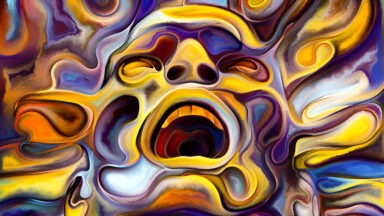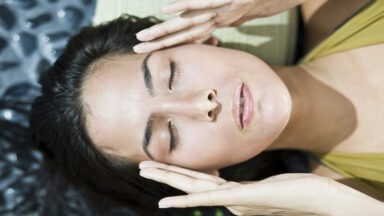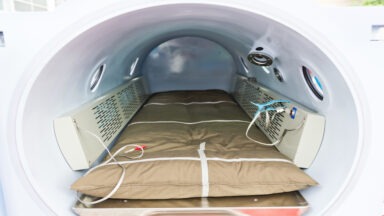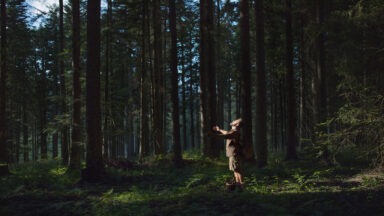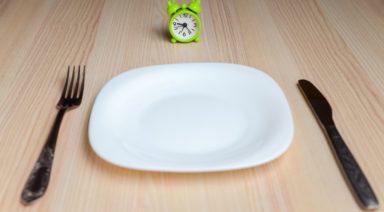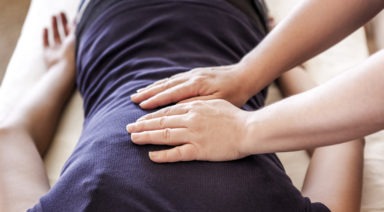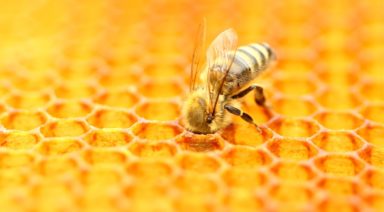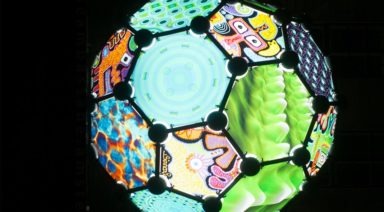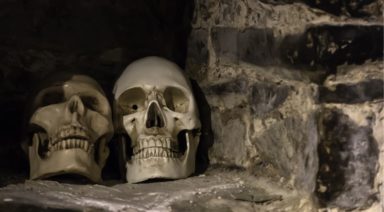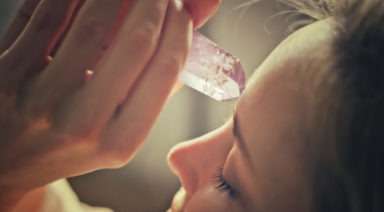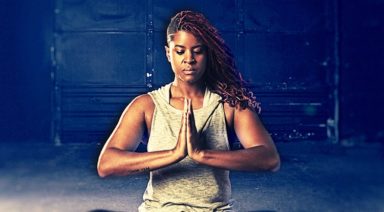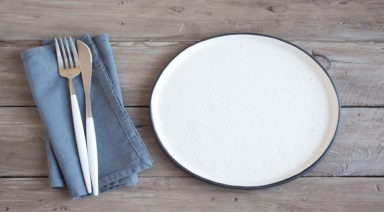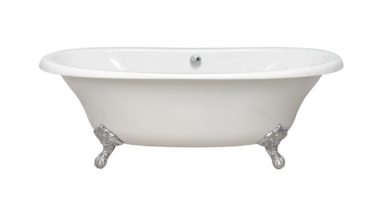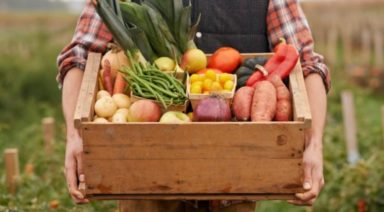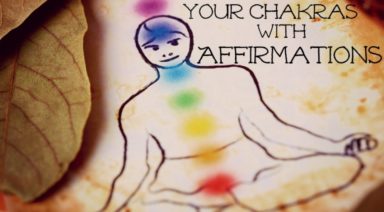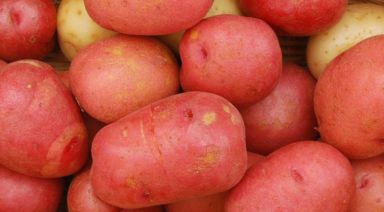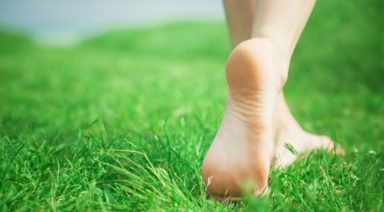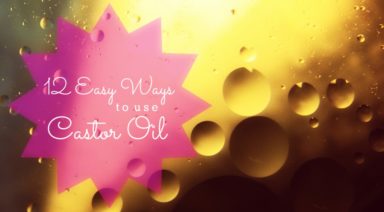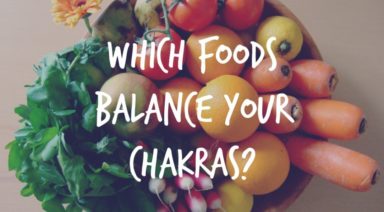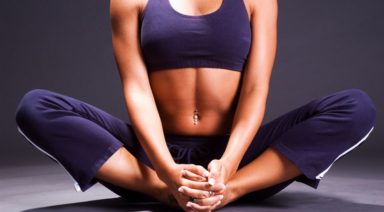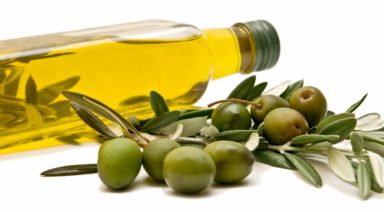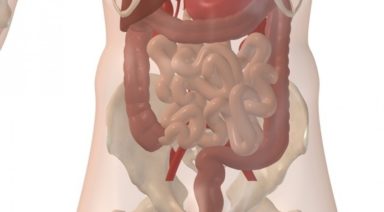Make Your Own Botanical Infused Shea Body Butter
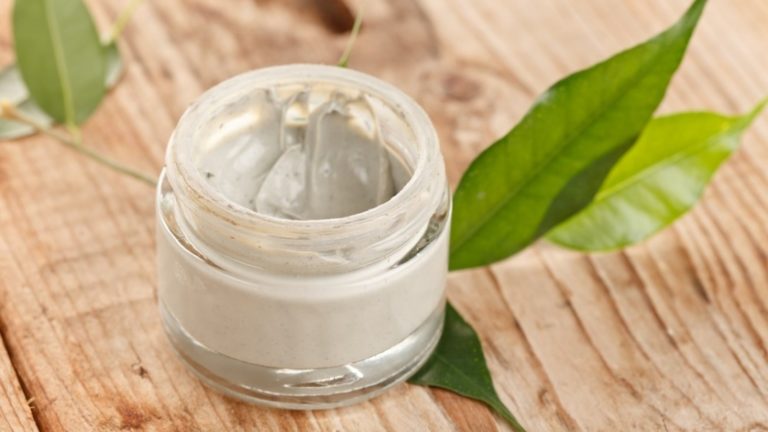
As I delve further into the field of natural medicine and natural body care I become more and more aware of how toxic many of our cosmetics are. Even natural brands carry with them a variety of potentially harmful ingredients made to stabilize pH, act as preservatives or maintain the consistency we have come to expect from creams made of unnatural chemical ingredients. Our skin acts as a sponge, what we put on us inevitably ends up in us, so I prefer to keep my skincare products as edible as possible. The more I shop for body care products the more it becomes clear that the best way to ensure there are pure, natural ingredients in your body care products without breaking the bank is to make them yourself.
I often make this whipped shea body butter recipe as part of my own personal skin care routine and as a gift for family and friends. It’s easy to make, very cost effective and, the best part is, it contains only natural ingredients. You can even eat it, if you were so inclined.
Whipped Shea Body Butter:
Ingredients:
1 cup refined shea butter (cocoa butter also works here)
½ cup coconut oil
½ cup light carrier oil such as olive oil, sweet almond oil, jojoba oil, grapeseed oil, apricot kernel oil or a Healing Botanical Oil Infusion (more on that later).
Optional: 10-15 drops of your favourite essential oil for fragrance (vanilla, lavender, orange, mint, etc.).
Also: you can add other healing ingredients such as 1 tbs of neem oil, rose oil or sea buckthorne oil. You can even add manuka honey or aloe. This whipped shea body butter recipe is beautiful in its simplicity, creating an amazing, nutritive base that you can play around with.
Directions:
Melt your oils and butters (coconut oil, shea butter and carrier oil) down in a double boiler. I use a glass bowl or measuring cup in a pot full of water. Add ingredients to the glass bowl, and then place the bowl in a large pot filled 1/3 of the way with water. Turn the stove on medium high and stir the oils frequently.
When the oils have melted, forming a uniform consistency, remove them from heat. Add in your other ingredients, if you wish. Stir, allow the mixture to cool to room temperature and then place it in the fridge for one hour. After the hour, your mixture should have formed a solid, but uniform mass. Place it in a mixer and beat for 10 minutes or until you form a creamy, frothy butter that looks like whipped cream. Distribute the mixture into recycled containers or glass jars, and then refrigerate them for another hour.
The body butter feels like rubbing silky whipped cream onto skin. It soaks in wonderfully and provides skin with non-greasy moisture that lasts all day.
Healing Botanical Oil Infusion:
Ingredients:
1 mason jar
1 large amount of dried herbs (enough to fill the jar) such as calendula or chamomile. Both of these herbs contain skin-healing properties, which help to decrease itching, dryness and inflammation. Calendula is also great for healing minor burns and skin infections.
1 large amount of carrier oil (enough to fill the jar) such as olive oil, grapeseed oil, apricot kernel oil, jojoba oil, etc.
1 slow cooker
1 cheese cloth
Directions:
Add the dried herbs to the mason jar. Next, fill the jar with oil, covering the herbs, all the way to the top. Fill the slow cooker 1/3 of the way with water and turn on to high. Put the herb and oil-filled mason jar into water, leaving the lid off. Leave the lid off the slow cooker and allow it to cook for 6-8 hours. The heat from the slow cooker heats the oil, allowing it to draw the fat-soluble medicinal properties from the dried herbs.
After 6-8 hours you should notice that the oil has a different colour, smell and consistency, indicating that it has absorbed the healing properties of the herbs. Strain out the herbs using the cheese cloth.
You can add 1/2 cup of this healing oil to your whipped body butter recipe, creating an all-natural moisturizer with skin soothing medicinal properties.
The Fountain of Youth May Be Found in This Anti-Aging Modality
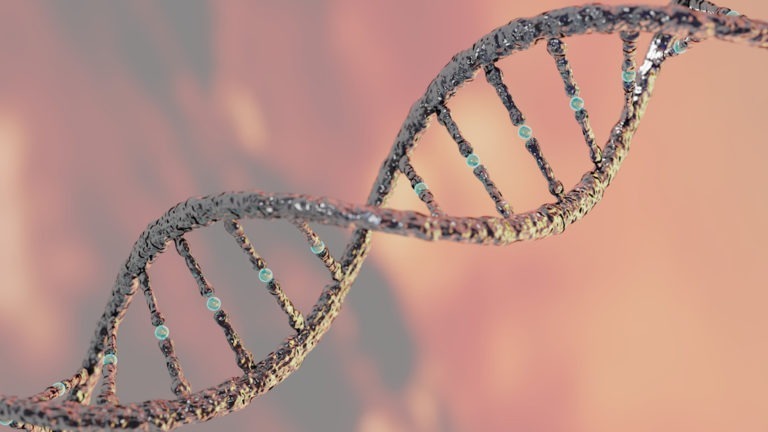
As the saying goes, you’re only as young as you feel. Especially for our culture, which is obsessed with staying, or appearing younger than what the biological clock reads. From commercials featuring millennials seeking wrinkle-erasing injections, to the variety of diets, exercise fads, healthy food trends, and more, the reality is that most people face the prospect of aging with a sense of trepidation, if not outright dread.
But what if there were already anti-aging drugs and therapies in existence that could reverse one’s biological age? What if we could, in reality, drink from the fountain of youth?
Much of the human body has the innate ability to regenerate, from hair follicles, nails, skin, bones, red blood cells, as well as organs such as the liver. There’s even proof that our brain cells have an elastic capacity otherwise known as neuroplasticity, which allows for a restructuring of neural pathways and cellular activity.
But does our body’s natural ability to rejuvenate extend to those cells which have a hand in longevity, and in aging in the healthiest fashion? According to research, the answer that is emerging is yes, with a degree of medical intervention, our bodies can reverse many of the signs and diseases associated with aging.

